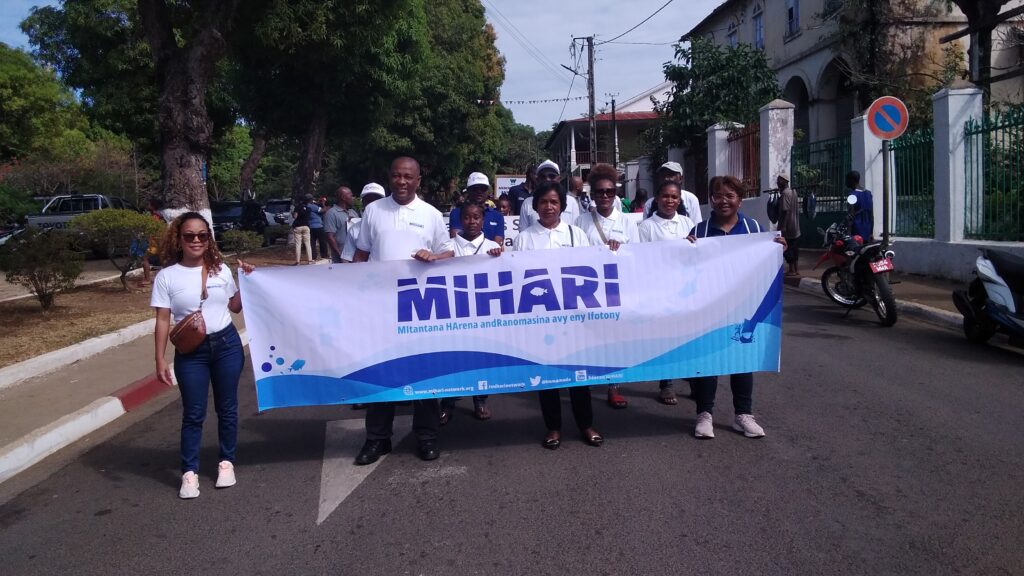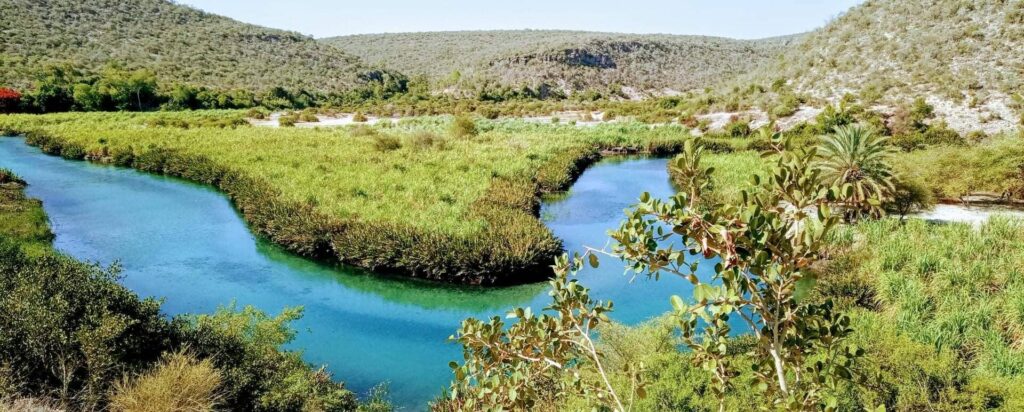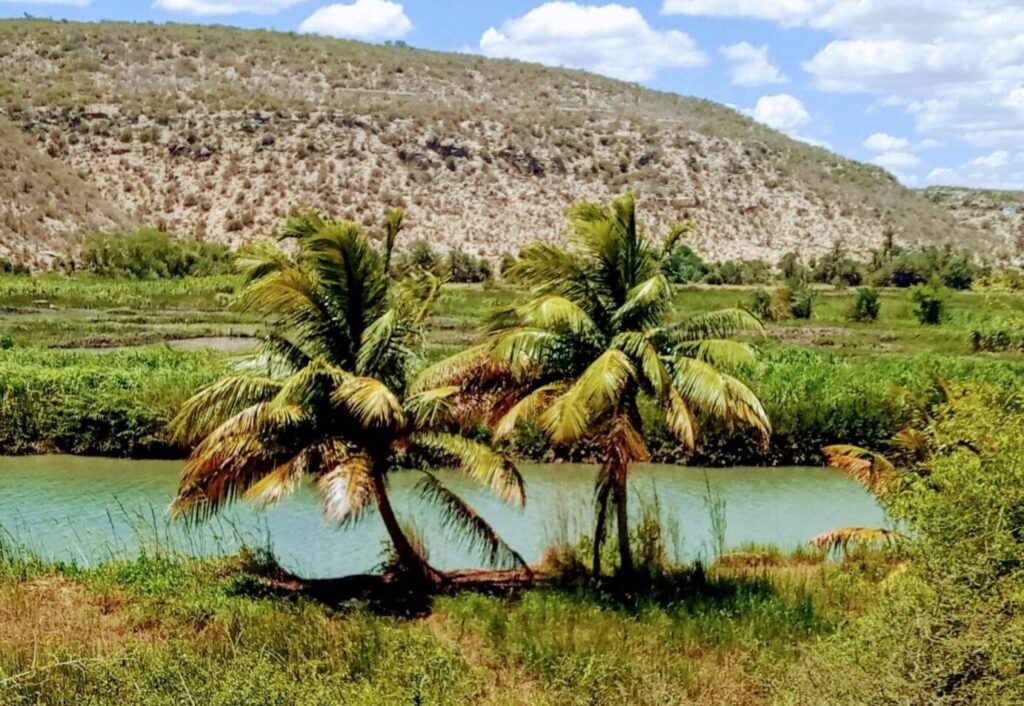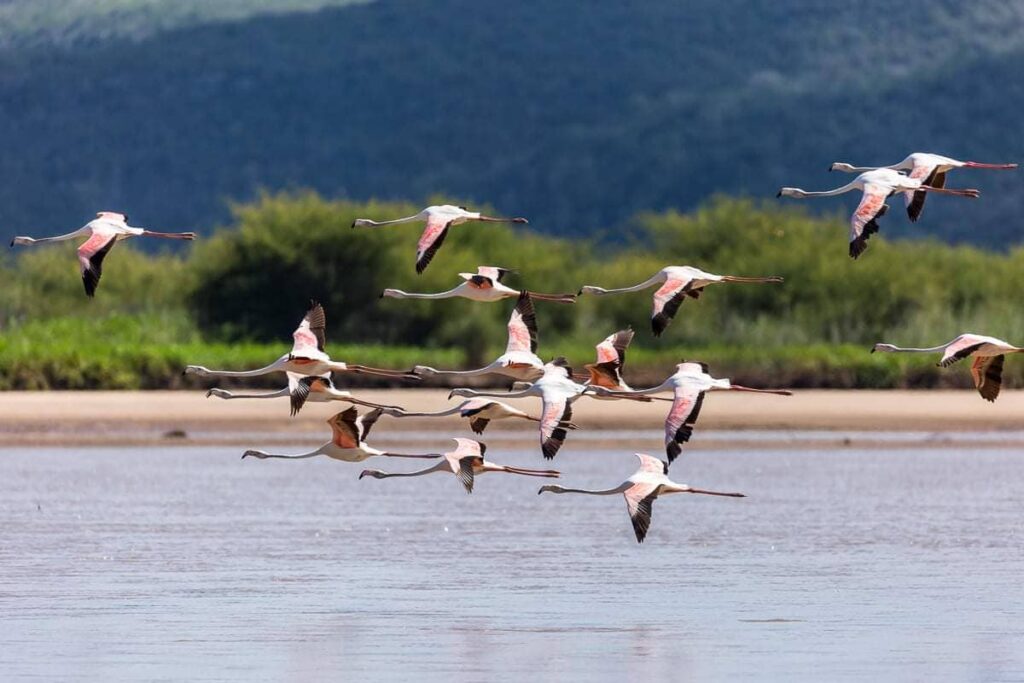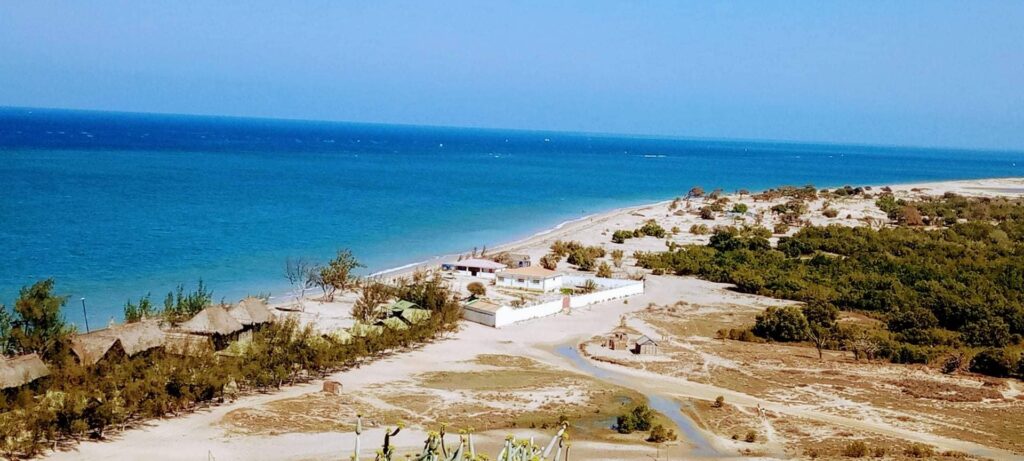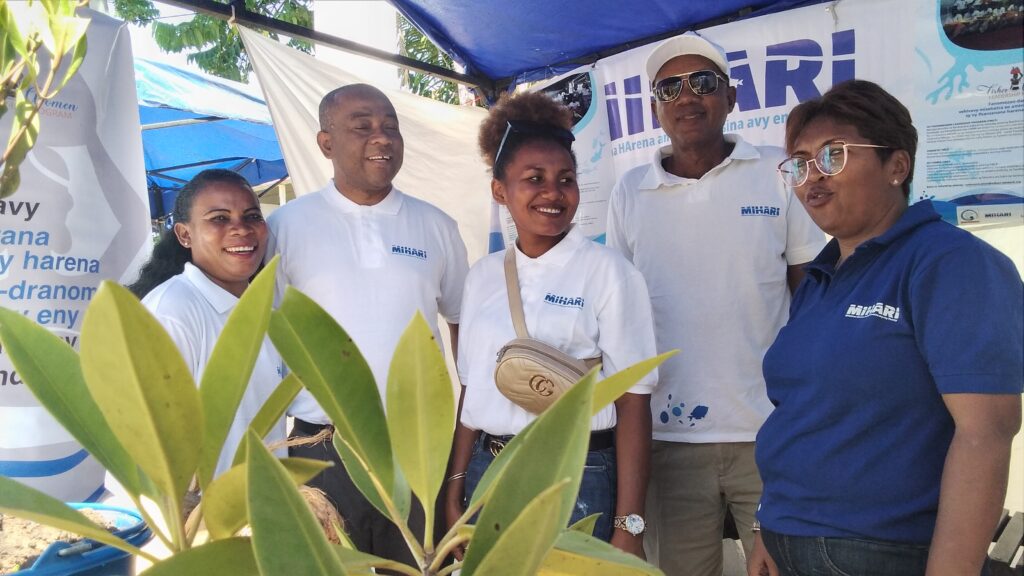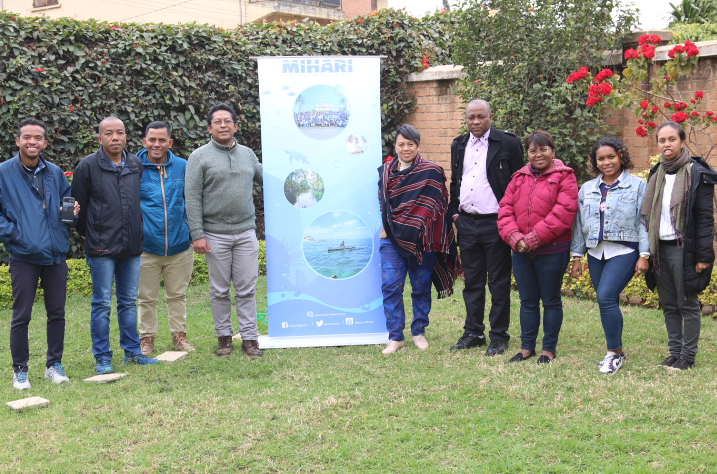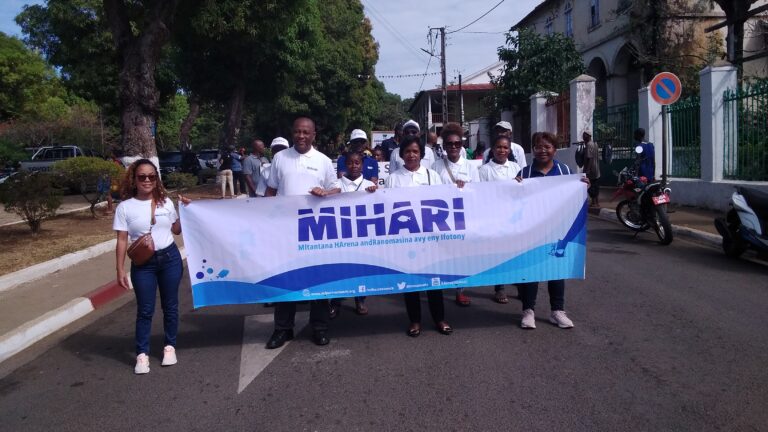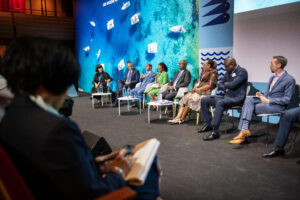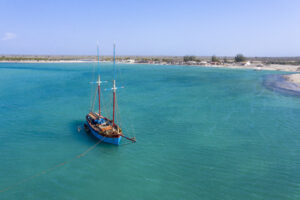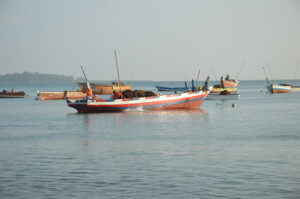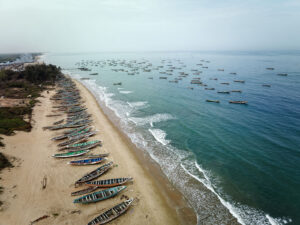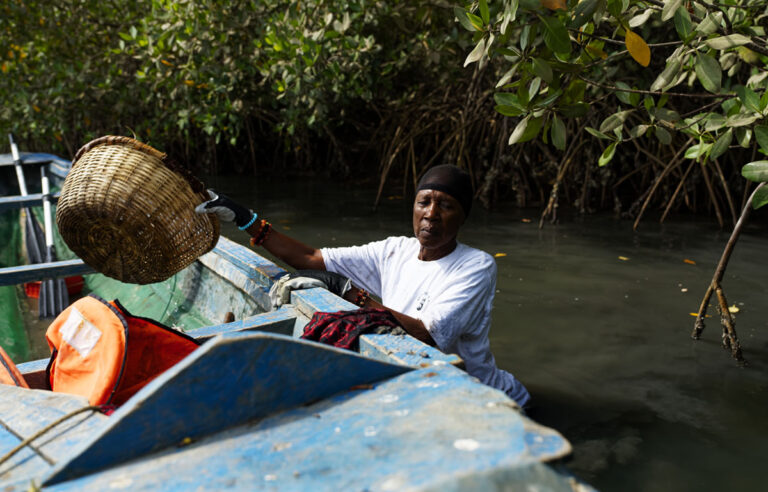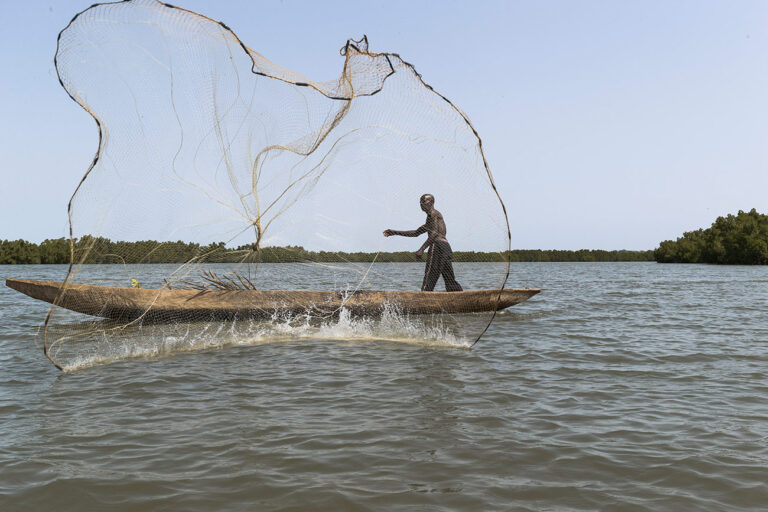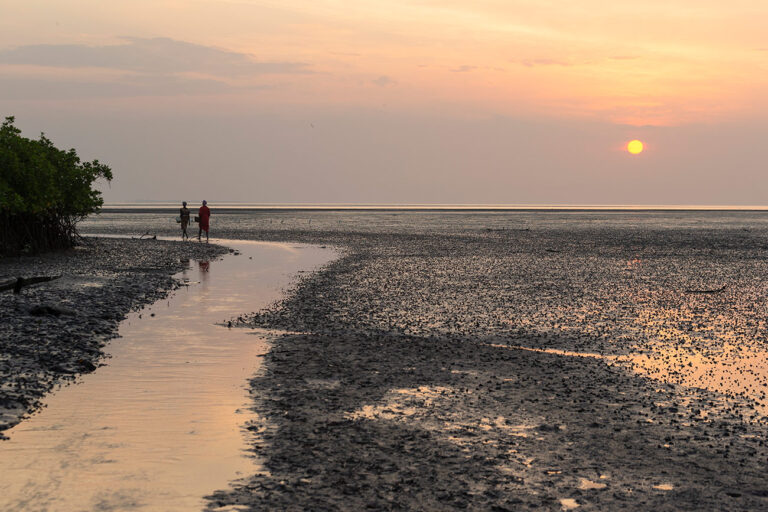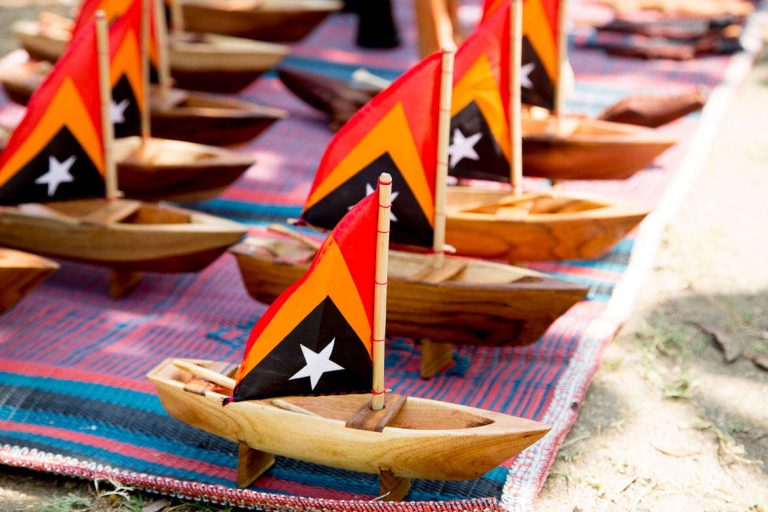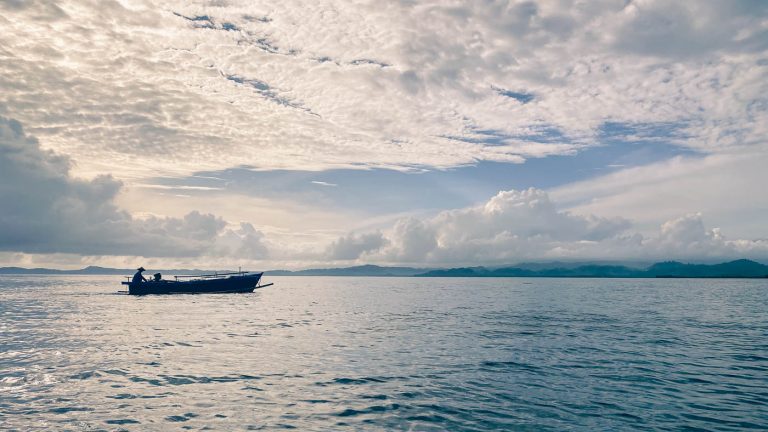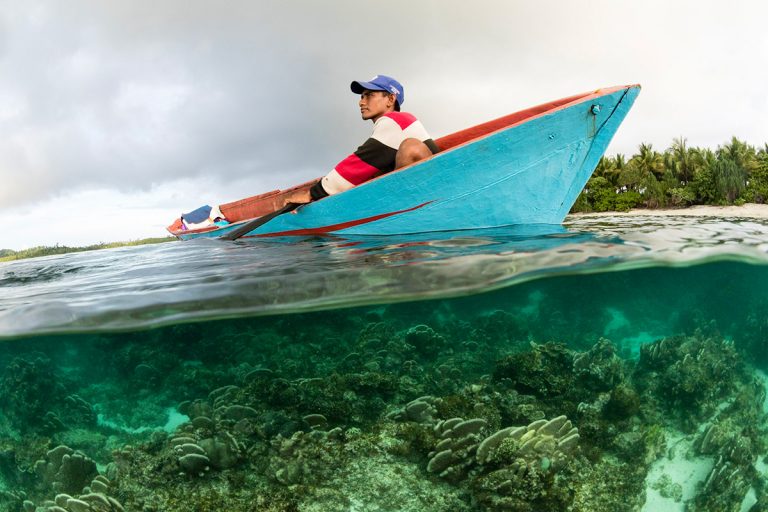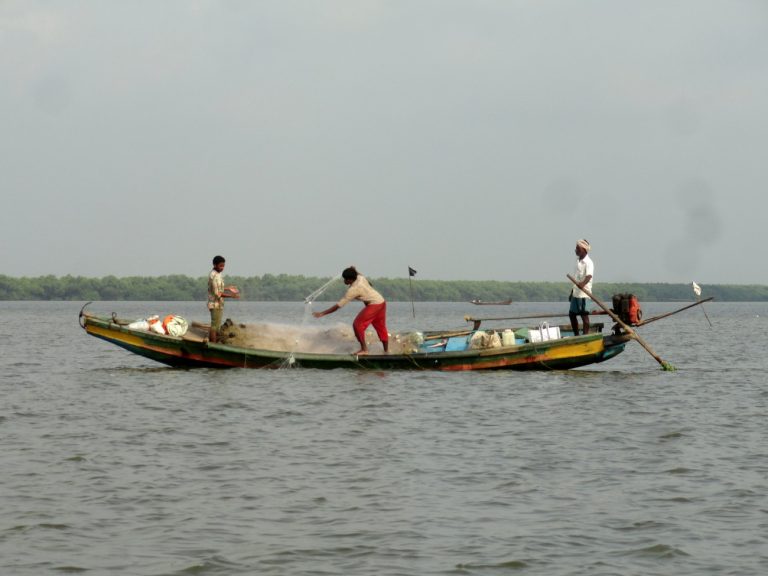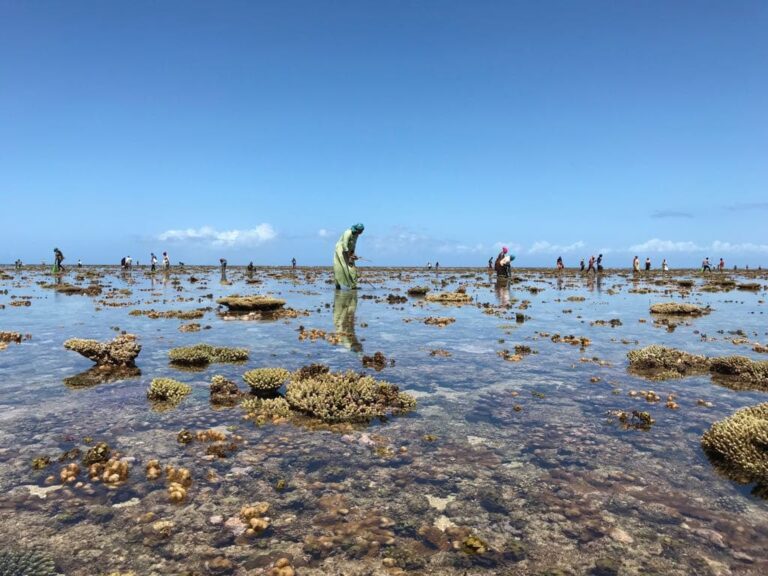This post is also available in English
En 2006, des communautés du sud-ouest de Madagascar unissaient leurs forces pour créer la première LMMA (Lamina enti-Mitantana ny Morintsiraka sy Andranomasina ou Locally Managed Marine Area) du pays, une solution communautaire au déclin de la biodiversité marine. Bien vite, d’autres LMMA ont essaimé le long des côtes et, en 2012, les communautés LMMA se sont rassemblées dans un réseau pour partager leurs expériences et leurs connaissances, et pour défendre leurs droits à gérer les ressources côtières.
Les communautés LMMA ont appelé leur réseau « MIHARI », un acronyme pour MItantana Harena et Ranomasina avy eny Ifotony, qui signifie « gestion locale des ressources marines » en malagasy.
Aujourd’hui, MIHARI réunit les communautés gestionnaires de presque 300 LMMA et 25 organisations d’appui. Le réseau est devenu une entité locale totalement indépendante et Blue Ventures, incubateur puis soutien fidèle de MIHARI, est devenu l’un de ses partenaires techniques et financiers.
Pour célébrer l’entrée du MIHARI dans une nouvelle décennie en tant que réseau totalement indépendant, nous avons écouté BIenvenu TSIVOZAHY, le tout nouveau Secrétaire exécutif du réseau. Issu d’une famille de pêcheurs traditionnels du sud-ouest de Madagascar, parlant la plupart des dialectes du pays, Bienvenu est un spécialiste du développement organisationnel et du plaidoyer.
Blue Ventures : Pourriez-vous nous raconter votre histoire avec MIHARI ?
BIenvenu TSIVOZAHY : J’ai grandi dans une famille de petits pêcheurs à Saint-Augustin, au sud-ouest de Madagascar, au bord du canal du Mozambique et du grand fleuve Onilaye qui passe le long du Tropique du Capricorne. Toute notre vie était liée à la mer et au fleuve. Dès l’école et jusqu’au bac, mes parents ont attendu de moi que j’achète mes fournitures scolaires avec l’argent que je gagnais de ma propre pêche. Depuis cette époque, mon cœur est resté celui d’un pêcheur.
En 2017, il s’est passé quelque chose d’extrêmement fort : les représentants de toutes les communautés LMMA à travers le pays se sont rassemblés lors d’un forum national de MIHARI, et ensemble, ils ont décidé de focaliser leurs efforts pour obtenir de l’Etat trois choses essentielles : la reconnaissance officielle de leur droit coutumier (Dina) pour gérer leurs ressources côtières de manière durable ; une régulation des engins de pêche à l’échelle nationale pour préserver les pêcheries ; et enfin, une zone de pêche exclusive pour les petits pêcheurs sur la bande littorale. C’était vraiment un moment fort, un point de départ pour mener le combat.
A l’époque, j’étais directeur exécutif de Transparency International – Initiative Madagascar, où je supervisais une trentaine de dossiers de plaidoyer. J’ai aussitôt proposé à l’équipe de MIHARI de les aider à développer leur stratégie de plaidoyer : j’avais toute l’expérience et la passion requises ! Par la suite, je suis resté en contact avec plusieurs présidents de LMMA.
BV : Qu’est-ce qui vous impressionne le plus dans ce que le réseau MIHARI a accompli jusqu’ici ?
Les communautés LMMA vivent éloignées les unes des autres, et parlent des dialectes différents. Mais MIHARI a permis qu’elles parlent d’une seule voix. Le réseau a rendu possible les échanges d’apprentissages entre pairs, et la mise en réseau des communautés LMMA avec les associations locales, plateformes, entreprises sociales et ONG qui travaillent pour une gestion durable des ressources marines à Madagascar. Tout cela a permis au réseau de prendre son envol et de participer au dialogue national.
Il y a deux ans, le Président de MIHARI a dénoncé publiquement l’intrusion de grands navires de pêche industriels trop près des côtes, dans les zones traditionnelles d’activité des petits pêcheurs, et le manque de transparence autour du déploiement des flottes de pêche dans le canal du Mozambique. Beaucoup de gens de mon village m’avaient raconté ces intrusions. Mais jusque-là, les petits pêcheurs n’avaient pas osé s’en plaindre trop ouvertement. Cette fois, la presse a repris l’information. Le gouvernement a pris la dénonciation de MIHARI au sérieux. Pour la première fois, le réseau a vraiment pesé dans le débat public. On a commencé à parler plus largement des autres doléances des communautés LMMA, et aussi de la Fisheries Transparency Initiative (FiTI) pour Madagascar, dans laquelle mon pays s’est engagé par la suite, en 2021.
BV : Qu’est-ce qui motive le travail de MIHARI ?
BT : La subsistance des communautés côtières malagasy est en jeu. Il y a de moins en moins de poissons. Pour les petits pêcheurs, il ne fait aucun doute que ce déclin est lié aux pratiques destructives de la pêche illégale, non régulée et non réglementée pratiquée par des navires de pêche industrielle, et par les migrants climatiques. Sans ressources face à la sécheresse, des cultivateurs se déplacent vers les côtes et se lancent dans la pêche mais, faute d’expérience, ils détruisent parfois des habitats marins et font peser une pression trop forte sur les populations de poissons.
Je connais beaucoup de pêcheurs traditionnels qui se retrouvent contraints de partir pêcher très loin pendant deux ou trois mois, là où il y a davantage de poissons mais où ils connaissent moins les zones de pêche, au risque de pêcher eux aussi de façon moins durable. D’autres, pour subvenir aux besoins de leur famille, sont tentés de se tourner vers l’exploitation illégale des arbres des mangroves pour faire du charbon de bois et du bois énergie. Les communautés LMMA sont conscientes de ces pressions accrues sur les écosystèmes, même dans les aires protégées.
BV : A l’issue d’une vaste consultation des membres de MIHARI et d’enquêtes sur le terrain jusqu’aux zones côtières les plus reculées, le réseau a défini sa stratégie et sa vision pour 2026 : défendre les droits des communautés LMMA, renforcer la solidarité entre les membres, promouvoir des filières économiques durables, restaurer et préserver les écosystèmes marins et renforcer les capacités…
BT : Je suis fier que MIHARI ait développé ce plan stratégique, qui a été conçu de façon concertée et collective. Ses objectifs sont à la fois ambitieux et atteignables. C’est un véritable outil, comme un GPS qui va guider chacune de nos actions.
Nous avons beaucoup à faire. Obtenir la reconnaissance légale des LMMA, essentielle pour légitimer et consolider la gestion durable des ressources marines par les communautés. Encourager la mise à l’échelle d’investissements communautaires et d’activités économiques accessibles qui ne reposent pas sur l’extraction des ressources marines et côtières. Améliorer la santé des écosystèmes gérés par les communautés LMMA, en restaurant la biodiversité marine et les zones dégradées. Mieux connecter toutes les données des LMMA et développer une base de données accessible à tous qui facilitera la gestion adaptative des LMMA et la défense de leurs droits.
Les défis sont grands, mais j’ai grand espoir aussi. La démarche d’adhésion de Madagascar à la Fisheries Transparency Initiative s’est accompagnée d’actions concrètes au niveau de l’Etat et d’une bien meilleure concertation avec les membres de la société civile. Le réseau MIHARI est appelé à bientôt couvrir toutes les régions côtières du pays, et à gagner en puissance pour défendre les droits des communautés LMMA et le respect de la loi. Et notre Fisherwomen Leadership Programme a lancé la dynamique d’inclusion des femmes dans la gestion des LMMA dont nous avons besoin.
Je me suis engagé depuis des années avec les organisations de la société civile pour obtenir des changements nécessaires face aux injustices. Je suis conscient des menaces qui pèsent sur la subsistance de ma famille et de l’ensemble des petits pêcheurs malagasy. Aujourd’hui, je ne pourrai pas être plus heureux et honoré de servir le réseau des communautés LMMA.

